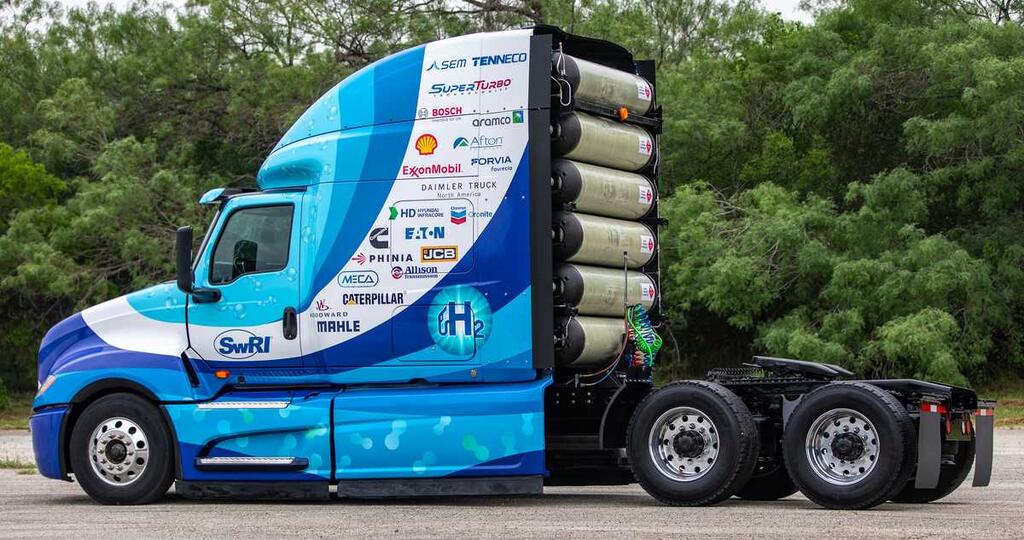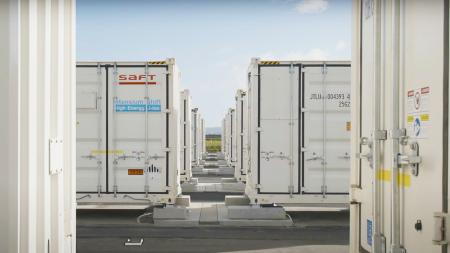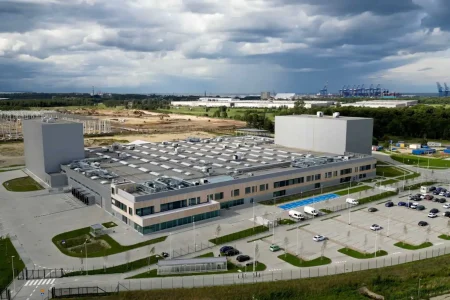The Southwest Research Institute (SwRI) has heralded an era of potential revolution in commercial transportation by unveiling a hydrogen internal combustion engine tailored for 18-wheelers. This innovation could markedly reduce carbon emissions from trucks, which current estimates suggest contribute to 23% of emissions within the U.S. transportation sector. However, there’s a cavernous gap between the development of such technology and the readiness of hydrogen infrastructure, particularly across vast terrains like Texas and the entirety of the United States.
Presently, infrastructure deficit is a formidable barrier. Hydrogen, notorious for its storage complexities and flammability, lacks widespread fueling stations. Most current stations cluster around California, with Texas housing only a few privately-owned sites. It’s estimated that a mere 60 public hydrogen stations operate across the country as of 2024. This insufficiency raises critical questions about scalability amidst the push for hydrogen as a feasible alternative energy source.
SwRI’s H2-ICE association, aimed at propelling collaborative integration of hydrogen-fueled vehicles, endeavors to inspire parallel development across tech sectors, confronting challenges head-on. Though unveiled vehicles like Texas’ SwRI’s hydrogen-powered semis meet stringent California emissions standards, more systemic advancements are necessary to sustain hydrogen’s position against electric vehicles in the zero-emission race.
In a pioneering move, the H2HD REFUEL consortium promises comprehensive study over the next four years, to overcome refueling hindrances through empirical research and system modeling. Such efforts are crucial precursor steps aiding policymakers in fostering a regulatory ecosystem conducive to hydrogen’s growth as a major energy player.
Texas, a formidable contender in the hydrogen domain due to its industrial usage, stands on the threshold of converting its existing hydrogen dynamics toward fostering a more integrated hydrogen vehicle infrastructure. Notably, University of Texas’ research has produced a prudent model for deploying hydrogen infrastructure cost-effectively, centering around urban hubs and busy freight routes. Outcomes indicate the strategic placement of refueling stations near pipeline infrastructures, especially throughout the Gulf Coast, as economically viable steps to catalyze demand and foster usage among potential fleet services.
Currently, no new legislative proposals address hydrogen infrastructure within Texas’ ongoing legislative sessions. Nonetheless, industry experts argue the bipartisanship support for hydrogen innovations may encourage legislative actions supportive of hydrogen adoption, setting the stage for future advancements.
SwRI’s initiatives demonstrate an earnest commitment to the technical intricacies integral to hydrogen technology’s progression, underlining the necessity of ongoing dialogues with policymakers, industry leaders, and community stakeholders. Their research serves as a beacon, navigating the complex journey toward adopting hydrogen as a sustainable fuel alternative. As the Texas Legislature continues to deliberate hydrogen’s developmental trajectory, the broader scope will increasingly hinge upon both technical innovations and enhanced state policies.








